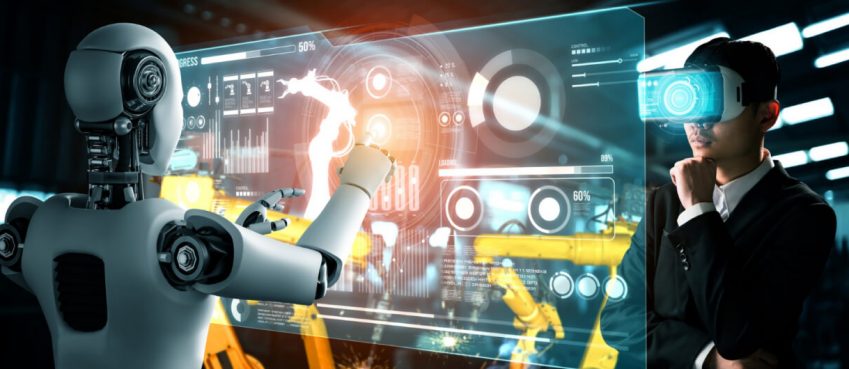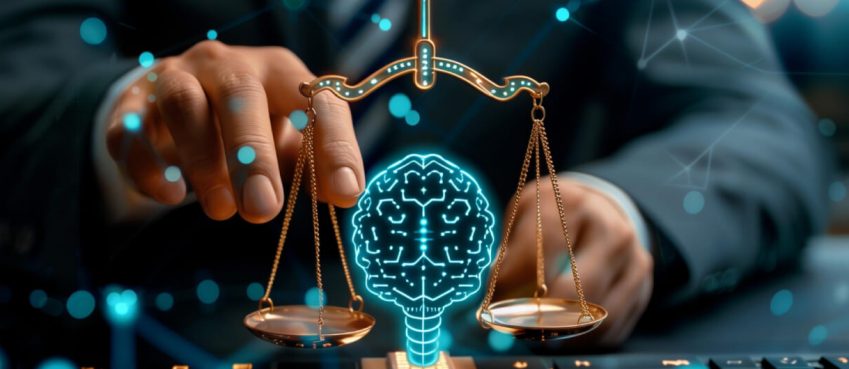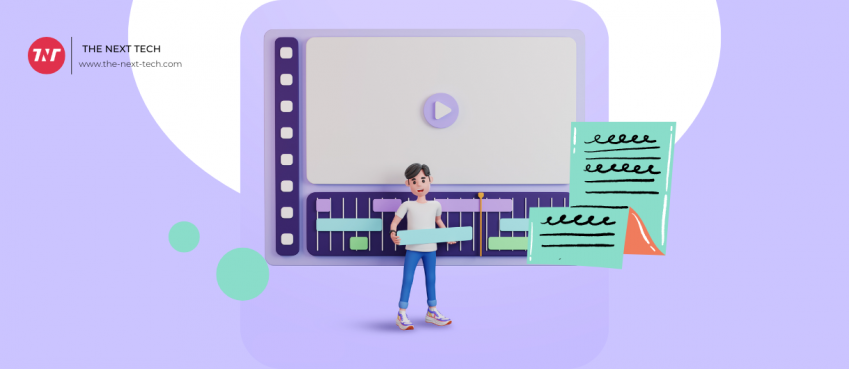
In the age of Artificial Intelligence (AI) and Key Performance Indicators (KPI’s) only creativity will open doors to new opportunities and long-term success.
When others think that this soon will be under the all-powerful paw of technologies, some believe that creativity will help humans thrive and monetize on their talents, knowledge and unusual approaches to problem-solving. Buckle up, because this is my first article of the Creativity series. And it seems there is quite a journey ahead!
Always surrounded by scientists I got used to hearing about miracles being born within the walls of laboratories. Some of them are ground-breaking as they promise a revolution in our daily lives and enable movement for the immobile, whilst others are life-changing and grow transplantable hearts on Petri plates. And amongst all these biomedical and technological wonders scientists are setting their eyes a little further. They want to apply science to creativity which works well in a lot of senses, but the concept of creativity itself.
 Is it really possible for science to recreate something that is beyond any tangible measure? Yes, creativity does provide a tangible output — being a sheet of music or a piece of writing. But do you really expect to program a machine and get output that would strike human feelings and induce an emotional response?
Is it really possible for science to recreate something that is beyond any tangible measure? Yes, creativity does provide a tangible output — being a sheet of music or a piece of writing. But do you really expect to program a machine and get output that would strike human feelings and induce an emotional response?
Oxford English dictionary states that “Art is the expression or application of human creative skill and imagination, typically in a visual form such as painting or sculpture, producing works to be appreciated primarily for their beauty and emotional power”. This definition leaves us with a clear understanding that art is a form of human expression that combines creativity, imagination and seeks to achieve esthetic beauty and induce an emotional response. Program your robots however you want, but this is already sufficient enough to understand that technological creativity is a lost cause. Moreover, how could something be created artificially if we don’t really understand what creativity really is? We can copy what we perceive as creativity, but can not recreate the actual process behind.
And wait, there’s more. The same dictionary gives yet another definition of arts: Subjects of study primarily concerned with human creativity, social life, such as languages, literature, and history (as contrasted with scientific or technical subjects).
Being a more scientific definition this allows a wider space for discussion as we talk about science and data. So, all sorts of inputs (languages, history, etc.) are done in order for the machines to analyze art and help towards studying creativity and beauty.
There are plenty of scientists out there who believe: after reaching a certain amount of input AI will be able to reproduce high-quality art of its own. That calls for a good discussion. What do you call high-quality art? And what do you call art in general? Therefore, I strongly disagree. Keywords to art and creativity remain constant — human; expression; emotional power.
Program as much as you want, but you won’t beat the simple beauty of a human being.
Scientists try, though. And an AI-powered music machine was born. AIVA you can read more about it here is an AI invention fed with huge amounts of music coming from all paths of history. It has analyzed the most successful pieces out there and created algorithms of its own. Algorithms to create new music. It is not a mind-blowing hot invention that just landed the shelves — AIVA has been around for a while already. And I have to admit — it has improved a lot. Nevertheless, I still prefer some improvised tunes that find their way to the house from my neighbors’ shower… Simply because it sounds catchy, fun and emotional.
Related: – AI Technology ‘should be Accepted as an Inventor’
Creativity is all about being human
 Being human means embracing imperfection. It is so deep in the collective consciousness that when we see a perfectly symmetrical face passing on the street, it gives us the creeps.
Being human means embracing imperfection. It is so deep in the collective consciousness that when we see a perfectly symmetrical face passing on the street, it gives us the creeps.
Do you remember “Orphan” — the all-famous horror movie that hit cinemas in 2009? Just looking at the photoshopped face of the little girl on the poster (they took a picture of half of her face and mirrored the other half) gives the chills. Why is it though? It is perfectly symmetrical, therefore, should be considered beautiful.
or so it seems variations of different forms and shapes. And all of them are considered to be the Everest of creativity.
Science promises a bright future. It solves vital problems, enables efficiency, creates safer working environments, analyzes enormous amounts of data and calculates beyond comprehension. Science is cold, objective, tidy and data-driven. And we like it. But it is not something where we seek beauty and emotion.
 And creativity is exactly that — emotional expression of human feelings in order to create something. In a lot of cases, we can’t really comprehend the process. We can try to explain it, but it could lead to extraterrestrial discussions about angels leading our hands while drawing… Or our inner selves dictating words in crazy moments of what we tend to call inspiration.
And creativity is exactly that — emotional expression of human feelings in order to create something. In a lot of cases, we can’t really comprehend the process. We can try to explain it, but it could lead to extraterrestrial discussions about angels leading our hands while drawing… Or our inner selves dictating words in crazy moments of what we tend to call inspiration.
We don’t really understand creativity. But what we do know is that it is hectic, yet beautiful. And it is the purest expression of being human. This is exactly why Artificial intelligence can never exceed in creativity — it will always be too tidy and symmetrical. Amongst other things, that is.
Top 10 News
-
01
[10 BEST] AI Influencer Generator Apps Trending Right Now
Monday March 17, 2025
-
02
The 10 Best Companies Providing Electric Fencing For Busines...
Tuesday March 11, 2025
-
03
Top 10 Social Security Fairness Act Benefits In 2025
Wednesday March 5, 2025
-
04
Top 10 AI Infrastructure Companies In The World
Tuesday February 11, 2025
-
05
What Are Top 10 Blood Thinners To Minimize Heart Disease?
Wednesday January 22, 2025
-
06
10 Top-Rated AI Hugging Video Generator (Turn Images Into Ki...
Monday December 23, 2024
-
07
10 Top-Rated Face Swap AI Tools (Swap Photo & Video Ins...
Friday December 20, 2024
-
08
10 Exciting iPhone 16 Features You Can Try Right Now
Tuesday November 19, 2024
-
09
10 Best Anatomy Apps For Physiologist Beginners
Tuesday November 12, 2024
-
10
Top 10 Websites And Apps Like Thumbtack
Tuesday November 5, 2024







